Embrace Jaipur’s royally pink glow
Architectural splendour and other majesties abound in the ancient royal pink city of Jaipur, India.
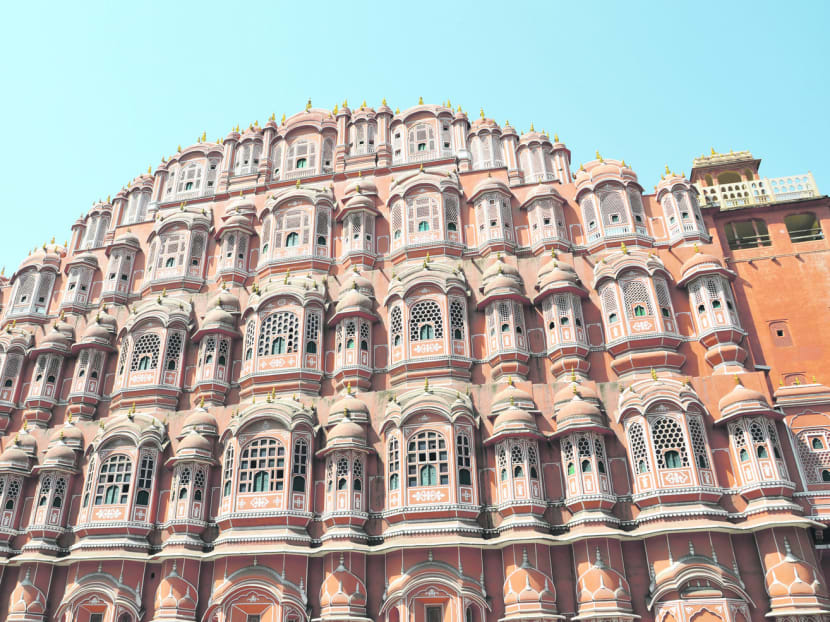
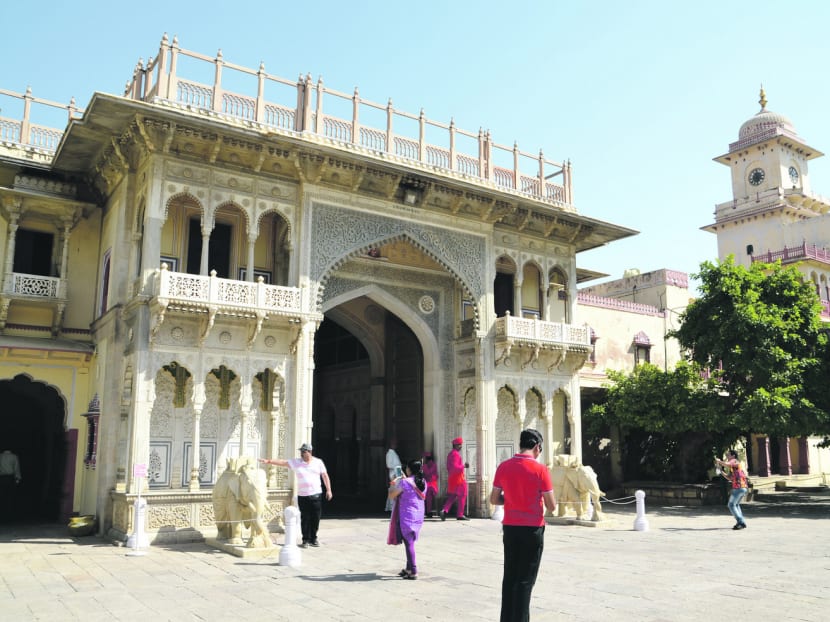
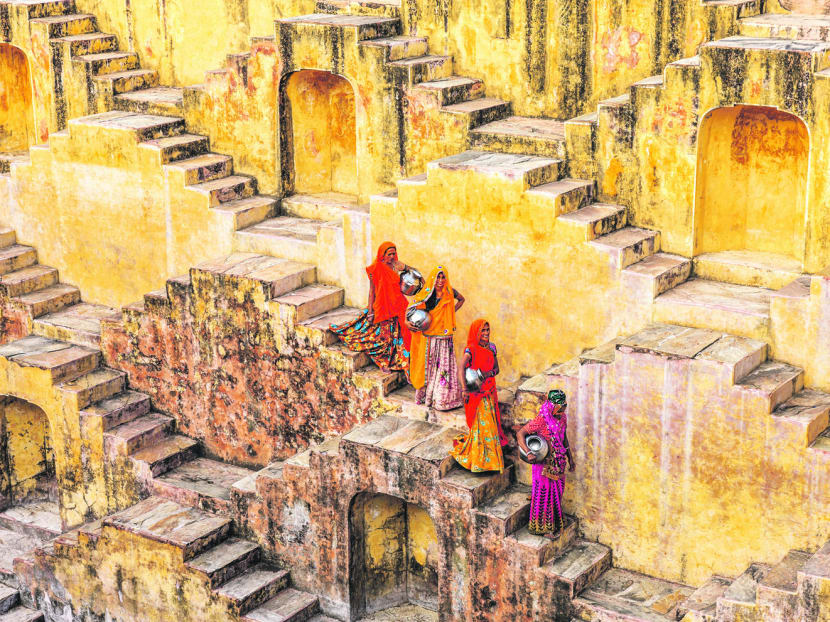
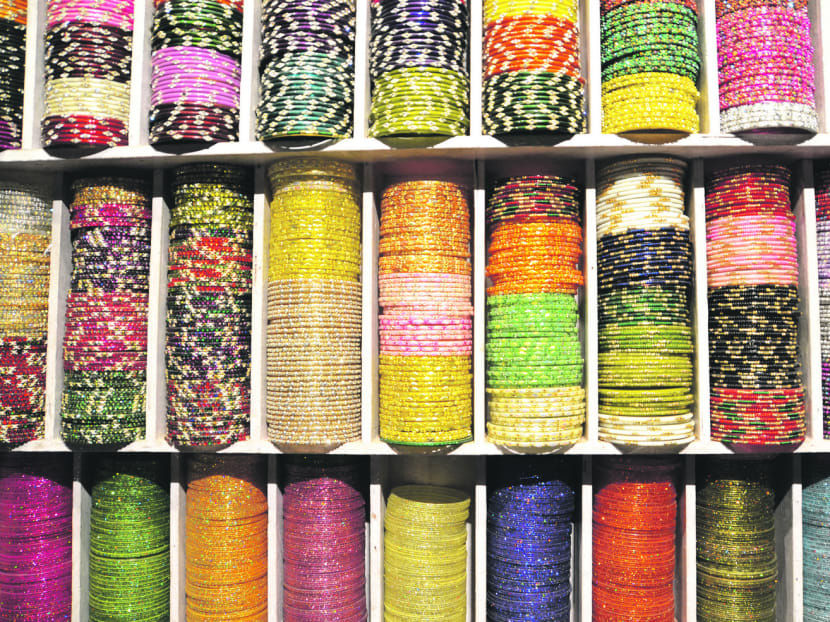
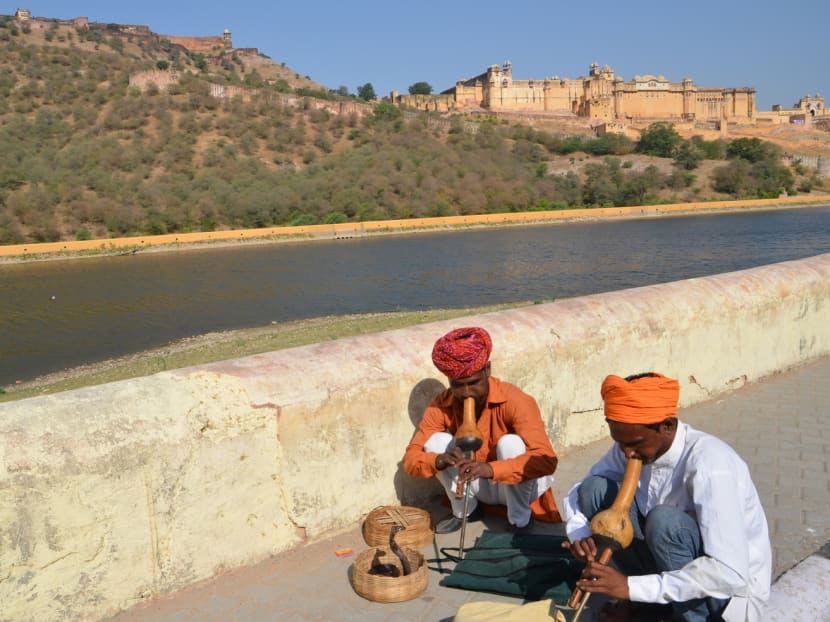
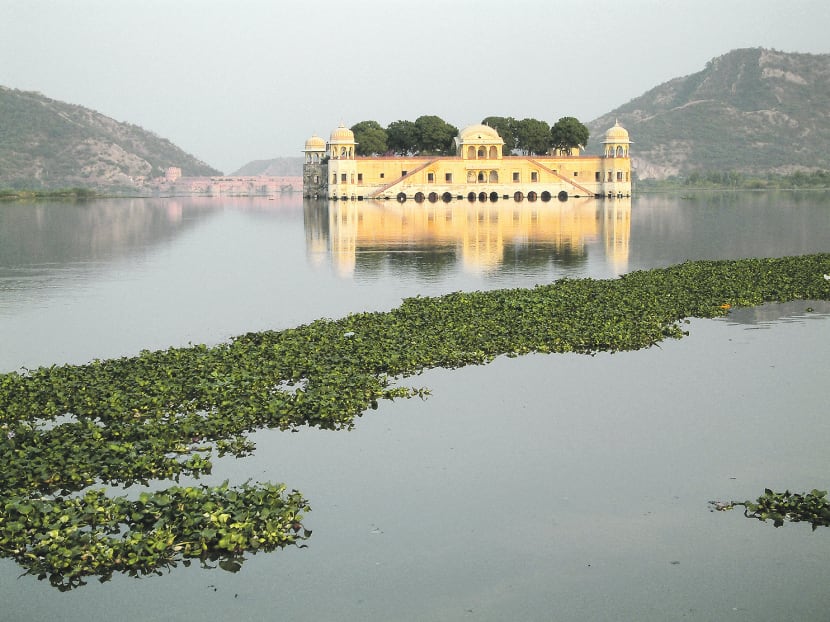
JAIPUR — The moment the word “maharaja” is uttered, images of magnificent forts and bejewelled palaces, pleasure gardens, peacocks and expansive lakes, victory towers and mausoleums, turbaned soldiers and painted elephants would probably enter your mind. We conjure up the princely states in India, particularly of Rajasthan, which claims to be the epicentre of the nation’s most glamorous royal past. Jaipur is the gateway city to this royal kingdom and it still draws travellers eager to experience India’s royal history as it was once home to the warrior race Rajput, and is replete with historical landmarks that ooze stately aura.
Rajput King, Sawai Jai Singh II, built this city in 1727 to accommodate the growth in population. Designed by an eminent Bengali architect Vidyadhar Bhattacharya, its grid-patterned layout is said to have been influenced by ancient Greek scientists Ptolemy and Euclid. Surrounded by a series of fortication walls and seven majestic gates, the urban tapestry of Jaipur recalls European medieval settlements. A generous splash of pink welcomes everyone as soon as entry is made through one of the arched gates. Buildings on both sides of crowded thoroughfares are all dyed pink. Its nickname, The Pink City, came about following a visit from Prince Albert and Queen Victoria in 1876 whereby Jaipur’s ruler maharaja Ram Singh painted the entire city pink in colour to welcome his esteemed guests. It is said the pink scheme continued even after the visit as Singh’s favourite wife convinced him to pass a law in 1877 to make it illegal for buildings to be painted any other colour than Jaipur Pink.
ROYALLY GOOD TIME
The maharaja era may be over as the formal status of the princely states has been abolished in India along with their privileges in 1972, but the scions of the Jaipur royals are still treated with awe and respect in the city. Referred to as His or Her Highness, they live in the City Palace, a sprawling complex comprising several imposing gates, buildings, temples and paved courtyards that showcase nothing but opulence. Their Rolls Royces always have the right of way and their guards seem to be more powerful than the police.
Part of the City Palace is open to the public and it stands as Jaipur’s top tourist attraction. The seven-storied Chandra Mahal, the formal residence of the maharajas still commands today. The flag fluttering at its top symbolises royal presence as it did centuries ago.
The architectural splendour of some other buildings that draw attention are the Mubarak Mahal, Diwan-I-Khas and Diwan-I-Am. They were used mostly as venues to host members of the public and dignitaries. The marbled walls featuring intricate artwork in blue and green with images of peacocks interwoven into it, and the ceilings frescoed with rich red and gold colours still appear vibrant, hanging crystal chandeliers testifying lavishness. Enormous jars, the largest silver objects in the world, which are displayed in the Diwan-I-Khas, never fail to get visitors to notice them as they are more than five feet tall and were used by maharaja Sawai Madho Singh II in 1902 to carry holy water from River Ganges for his visit to England to attend the coronation of King Edward VII. The palace visit includes entry to a museum that displays a beguiling collection of royal memorabilia from weapons and jewellery-studded costumes to utensils and precious samples of art, offering visitors a chance to take in the opulent taste and class of the royals.
The design of the buildings in Jaipur presents a wonderful blend of Hindu Rajput elegances mixed with Islamic styles, which filtered into Rajasthan as a result of matrimonial alliances between the Rajput royals and the Mughal emperors in Delhi. This synthesis of styles is reflected in every royal residence of Jaipur, but perhaps the most prominent is the Amber Fort built in 1592. Perched on a picturesque hilltop 11km away from Jaipur, this sandstone citadel is a classic example of exotic art and architecture, some features of which may be similar to the styles of Mughal monuments in Delhi and Agra.
Jaipur’s most distinct landmark is the Hawa Mahal or the Palace of Winds. Honeycombed with 953 intricately designed sandstone-latticed windows and ornate balconies, this bow-shaped edifice with its pink facade has been seen in countless tourism brochures. So it is nothing unusual to see hordes of tourists crowding around the roads outside, scrambling to take selfies and photos. This abode was built in 1799 to provide the royal ladies a vision of life outside through the airy windows without them being seen.
It is also worth taking a trip to see Jantar Mantar, a huge observatory consisting of 14 geometric devices to measure time, track stars and predict eclipses, built by Jaipur’s famed ruler Jai Singh II who came to the throne at the age of 12 and had an obsession with art, architecture and astronomy ahead of his time.
Those who wish to hark back to the past can always indulge in the ‘maharaja experience’ by staying at one of the former palaces now converted into luxury hotels. In the finest tradition of Rajput hospitality, these historical properties offer guests a taste of an extravagance that was once the sole preserve of the kings and nobles. At the Rambagh Palace Hotel, decorated camels, horses and elephants ceremoniously welcome guests, while ladies dressed in Rajasthani attire perform the “aarti” and “tikka” rituals to the music of the Shehenai. Even if you are not staying there, it is worth visiting this 19ha compound built in 1835 for a meal or a drink to get a feel of the supreme Rajput traditions and heritage that pour out of every brick and cornice of this former royal building.
BAZAAR INTERESTS
Besides its grandiose palaces and landmarks, visitors can lose themselves in the labyrinth of lively bazaars to get a feeling of how Jaipur was during its heyday. Visitors definitely would not be disappointed with the markets here as the shops are full of precious stones and trinkets, and silks in lustrous hues, while eateries fill the air with the aroma of epicurean delights. It is said that these street treats are made from recipes that had been smuggled out of the palace kitchens. Drop by the 60-year-old Laxmi Mishthan Bhandar where visitors can get a taste of Rajasthani delicacies cooked in pure ghee such as its thali and kulfa (a kulfi meets falooda mixed with dry fruits and saffron).
And there might be no better way to cap off a trip to Jaipur than a meal at Peacock Rooftop Restaurant located in Hotel Pearl Palace. Here is one of Jaipur’s best rooftop restaurants, nicely decorated with peacock structures and lush greens. You get a beautiful view of the city and Hathroi Fort as you tuck into rather varied food offerings, from pizzas to chicken tika masala. Even better is the fact that prices are reasonable. Sitting back here and enjoying the atmosphere as dusk falls in the Pink City is enough to feel like a modern day maharaja.





